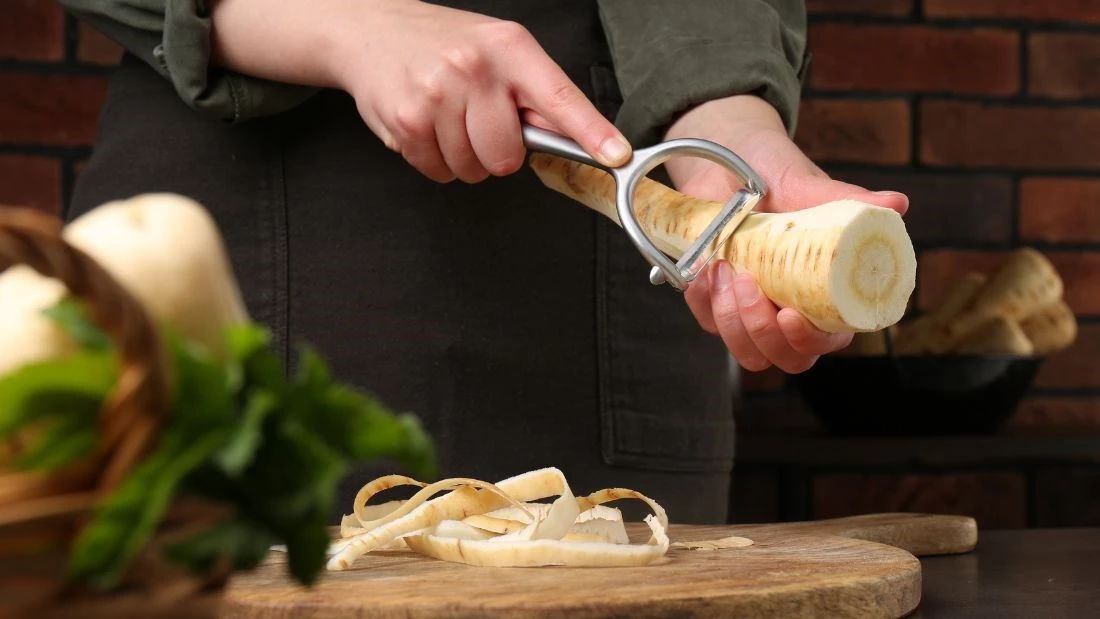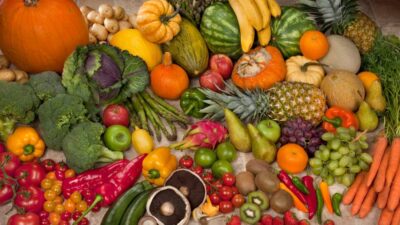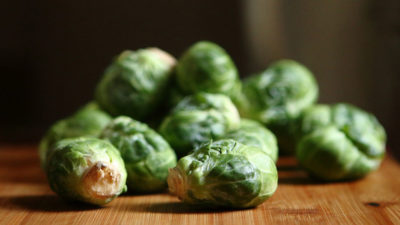Parsnips

Parsnips (Pastinaca sativa) are root vegetables closely related to carrots. They belong to the Apiaceae family, which includes celery, parsley and dill. Their cream-coloured flesh has a sweet, nutty flavour that becomes even sweeter if they are left in the ground during winter frosts as their stored starches are released and broken down into sugars that protect the plant’s cells and make them less likely to freeze.
Parsnips have been cultivated since ancient times – it’s said that the Roman emperor Tiberius adored them and imported them from Germany, where the colder climate allowed the roots to develop a sweeter flavour. However, parsnips are not a typical feature of modern Italian cooking but are fed to pigs there! In the UK, however, there are gardening contests to compete for the longest parsnip root!
In Europe, parsnips were used to sweeten jams and cakes before sugar was widely available and they still go very nicely in a carrot cake! Although they were native to Europe, parsnips have been introduced throughout the world and are so hardy that they grow wild in many places having escaped from cultivated gardens.
Health benefits
Low in both calories and fat, parsnips are a great source of dietary fibre and one cup provides a fifth of your daily recommended intake! Fibre not only helps keep you regular and protects your digestive health, it has also been shown to support blood sugar control, reduce cholesterol levels, lower blood pressure and may combat inflammation.
Parsnips are a great source of vitamin C, vitamin K, folate, potassium and manganese and are rich in polyphenols and antioxidants. These health-promoting compounds help prevent oxidative stress and decrease damage to your cells. Increasing your intake of antioxidants may also protect against chronic conditions such as cancer, diabetes and heart disease.
Parsnips are low in calories but contain a good amount of water and fibre, both of which may benefit weight loss, and are a great source of slow-release carbohydrates. Cooked, starchy root vegetables, such as parsnips and carrots, take longer for the body to break down and so give a slower, steadier supply of energy which can help you feel fuller for longer and in turn can help you to lose and maintain a healthy weight.
How to use parsnips
Smaller parsnips tend to be more tender with a milder flavour and don’t really need peeling – just scrub them clean, cook and serve whole or halved. Large ones can be a bit woody and fibrous and generally will need peeling. Parsnips are usually sown in spring and are ready to harvest from autumn onwards, although it’s best to delay until after the first hard frost for the sweetest flavour. They are very hardy and can be left in the ground through the winter, to be dug up when you need them. Once harvested, they can be stored in a cool, dark place or in the fridge for a few weeks.
Parsnips are a versatile ingredient and can be roasted, boiled, steamed or mashed. They can be made into chips and crisps and if you want to get posh, gratins and purées! They can be added to soups and stews, served as a side dish or mashed with potatoes or on their own with lemon and herbs. Parsnips pair beautifully with apple in a smooth autumnal soup.
Roasting them with a bit of rapeseed or olive oil and seasonings brings out their natural sweetness and enhances their flavour. Their crispy, caramelised exterior and soft, fluffy sweet middle pairs perfectly with hearty, savoury flavours. Roast parsnips are a regular feature of a traditional Sunday roast and many would argue that Christmas dinner is not complete without roast parsnips on the table!
A word of caution
Wild parsnip plants look similar to cultivated ones but tend to be taller – up to five feet compared to just three. The roots are smaller, thinner and have a bitter flavour and like cultivated parsnips, their leaves resemble celery leaves but wild plants are more branched with little yellow flowers arranged in umbrella-like clusters.
While cultivated parsnips have plenty of health benefits you should avoid picking wild parsnips as the plants can cause harm to some people. Sap from the stems and leaves of wild parsnip contain higher levels of a compound called furanocoumarin – a photodynamic pigment produced by various plants. When exposed to sunlight, it causes an inflammatory reaction leading to painful burning and blistering. This reaction is called phytophotodermatitis and many plants including parsnip, fennel, parsley, caraway seed, aniseed, coriander, celery and fig, may cause it. If you come into contact with plants likely to cause ‘parsnip rash’, wash the affected area with water and cover the skin immediately to protect it from sunlight.
In summary, parsnips are a versatile and nutritious root vegetable known for their sweet and nutty flavour. They can be enjoyed in a variety of dishes and provide several health benefits, making them a valuable addition to your diet, especially during the autumn and winter months.
We all know we need at least five portions of fruit and vegetables a day but some scientists now recommend we try and vary the choice so that over a week, we eat 30 different types. See Viva!’s comprehensive A to Z of Foods to remind yourself which delicious fruit and veg you might be missing out on: viva.org.uk/a-z-of-foods







